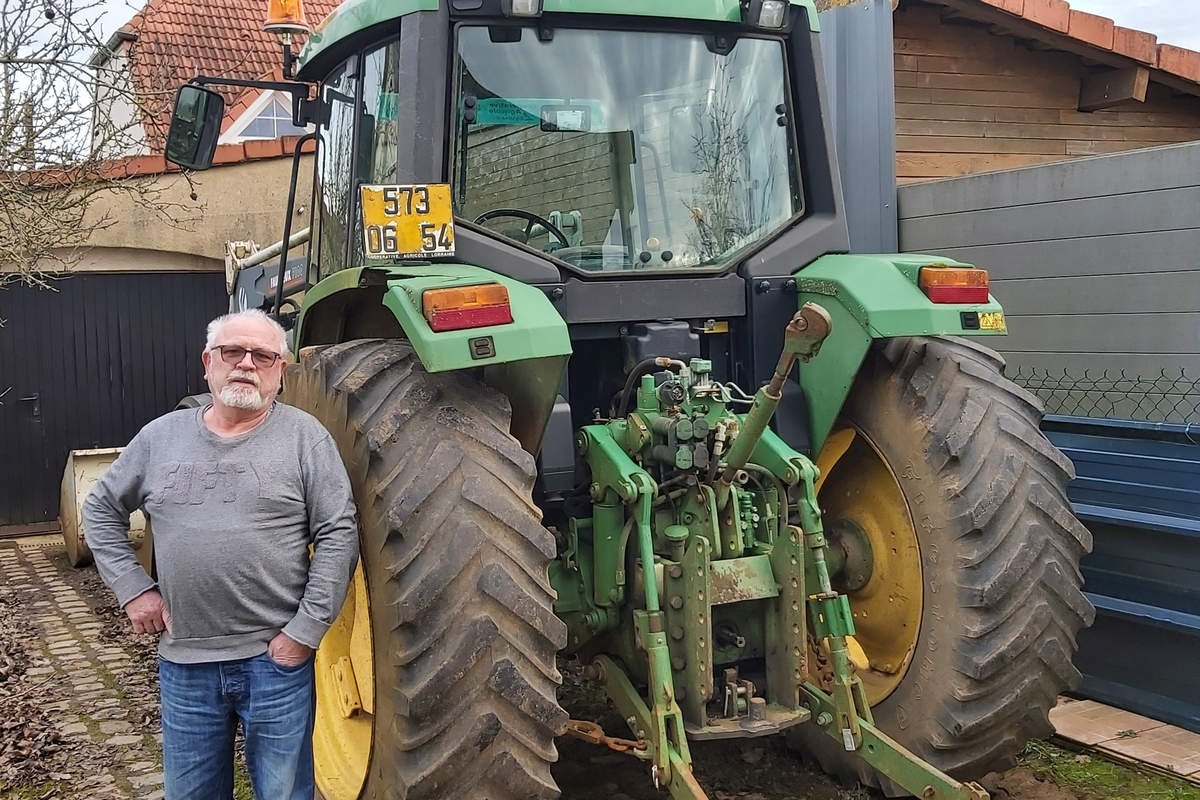
While 20% of France’s farmers are wealthy and 20% make a decent living from their work, around 60% are experiencing serious difficulties, mainly due to unfair competition from third countries. The profession is recording two suicides a day!
They are cereal growers in Beauce and Brie, winegrowers in Champagne or Bordeaux, goat farmers on Larzac or fruit and vegetable producers in the Rhône Valley. They’re all farmers, but they have completely different statuses, constraints and incomes. There are 400,000 active farmers in France. 20% of them do very well,” explains Jean-Luc Guérard, a former mixed crop-livestock farmer in Villers-en-Haye, Meurthe-et-Moselle. They’re the big cereal growers, the big wine growers. They are often elected in their commune or department, sometimes to the Assembly or Senate, and frequent the political leaders in Paris and Brussels. No problem for them.
Chickens imported from Ukraine
There is also a class of farmers who are a little less well off. Around 20% of the profession have good capital, employees and state-of-the-art equipment to run their farms. They are looking to expand to increase their comfortable incomes.
Finally, 60% of French farmers are “in a difficult, even very difficult situation”, as Jean-Luc Guérard points out. More than the other two categories, their incomes are subject to climatic, economic and geopolitical hazards…”.
Ukraine is a case in point. Since the start of the war with Russia, Brussels has suspended customs duties, in support of the country’s economy. Officially, 8.1 million euros worth of Ukrainian meat and poultry are imported into France. In reality, it’s much more, since Ukraine has its chickens processed in factories in Poland, Belgium or the Netherlands, which then resell them in France without being obliged to indicate their origin. It’s unfair competition,” confirms a farmer in Bresse. The Ukraine, which is not part of Europe, is not subject to the same standards as us. For example, Brussels prohibits production units of more than 20,000 birds. However, a Ukrainian oligarch has set up an integrated production unit (from feed production to slaughter, cutting and distribution in trays) with 4 million chickens. “How can we fight this competition,” asks Jean-Luc Guérard?
Distortion of competition
These competitive anomalies can be found in all professional sectors. Europe bans certain phytosanitary products for both livestock and crops. Yet they are authorized in countries that export their production to France. GMOs, for example, are used in many countries to produce soya for animal feed.
The same goes for calves born in France, raised in Italy and resold in France; pigs born in Belgium and slaughtered in Romania for redistribution throughout Europe.
It’s no better for fruit and vegetables grown in Spain or Morocco using fertilizers that are banned in Europe (tomatoes, lettuce, grapes, peaches, apricots, etc.), or low-quality wine and olive oil sold by supermarkets. Sometimes under the distributor’s own brand name. (See below the 40 tonnes of eggs from Portugal).
Two suicides a day!
It’s all the more difficult for small-scale producers and breeders to fight back, given that production costs are constantly on the rise (diesel, electricity, fertilizers, animal feed, etc.), that milk, cereal and meat selling prices are not rising, or even falling, and that CAP subsidies are not being paid out on time… It’s easy to understand why farmers are in such disarray. And if we add the headache of the standards that Paris and Brussels impose on them on a daily basis, it’s enough to make you want to hang yourself.
A study by Santé publique France, conducted in 2017 on data from 2007 to 2011, found that a farmer committed suicide every two days in France (300 people in two years). The MSA study in 2019, based on 2015 data, reported two suicides per day (605 people)!
In what other profession do we find so many reasons to block roads and freeways?
pic.twitter.com/p0mhc1PWH0
— VERITY France (@verity_france) January 26, 2024
🔴 La MSA de #Narbonne incendiée par des viticulteurs et #agriculteurs. #AgriculteursEnColere pic.twitter.com/YoNXQAL9D4
— Anonyme Citoyen (@AnonymeCitoyen) January 26, 2024